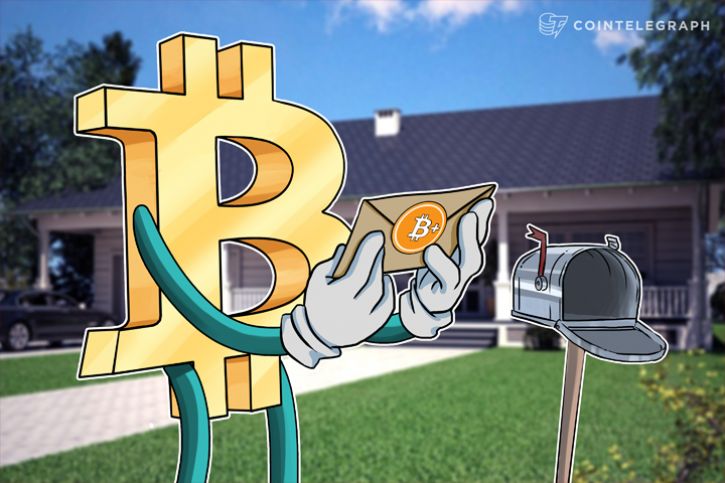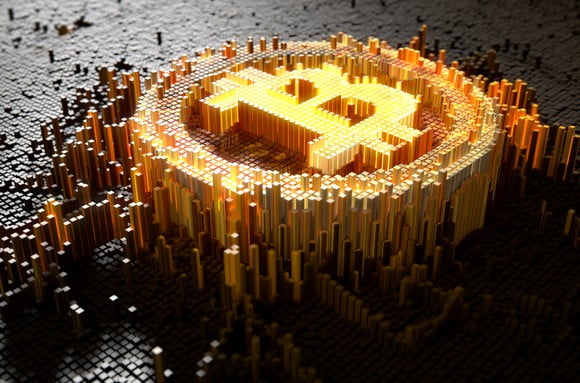Essential Inbound Marketing Strategies for Every Startup

Essential Inbound Marketing Strategies for Every Startup
Inbound marketing has become increasingly popular in the marketing and advertising world for the last several years, and it's no surprise why. While traditional outbound ad campaigns attempt to persuade unfamiliar audiences with sales-y messages, "inbound" campaigns focus on the value they can provide users. And that prompts those users to naturally gravitate to those businesses when the need arises. Generally, inbound marketing strategies are less expensive, hold a wider range of benefits and, over the long term, will generate a higher rate of return. So, if these benefits resonate with you, consider the following inbound marketing strategies, which are among the most popular. At this point, they're essential for all new startups:
On-site content marketing.
On-site content marketing is useful in a number of ways. Not only does new content drive new readers to your site, it keeps your existing readers and customers engaged with your brand, allowing you to maximise client retention. You'll have to provide highly detailed, original and valuable content, which isn't always easy or straightforward; but, with a steady stream of high-quality content, you'll find that the advantages can be enormous. Content marketing also provides syndication fuel to your social media and email campaigns and boosts your search rankings (more on this momentarily). In a recent survey I conducted, of 357 marketers, 93 percent of respondents said they planned to increase or keep their on-site content marketing budgets the same. That's pretty high praise for the power of on-site content!
Off-site content marketing.
Your off-site content marketing campaign will function in a similar manner, prompting you to provide well-written, targeted, valuable content, but instead of publishing it on your own site, you'll be publishing it on another site (hopefully, a major media publication!). The advantage here is the opportunity to gain visibility with new audiences, who may not have heard of you otherwise. You'll get referral traffic, and your brand reputation will steadily grow as you work your way up to bigger and better publishers.
Search engine optimization (SEO).
On-site and off-site content marketing will provide you substantial fuel for increasing your search visibility. On-site content attracts inbound links, while off-site content directly builds links to your site. The more high-quality, valuable inbound links your website has, the higher it will rank in search engines. In fact, a recent report from Google noted that two of the top three ranking factors in the algorithm were content and inbound links. But there are other, more technical components to SEO you'll need to implement to boost your inbound traffic from search engines. These include optimising for mobile devices, improving site speed and targeting strategic niche keyword phrases. It's a time-intensive strategy, but it pays off in spades.
Social media marketing.
Organic social media marketing has taken its fair share of hits, but it remains one of the most effective strategies for generating new visibility. You have the power to engage with almost anyone in the world through social media, gradually building up a loyal audience (as long as you're consistently providing valuable insights and material). Throw your on-site and off-site content into syndication here, and your followers will have even more reason to stick around. Alone, social media can generate a steady stream of traffic to your site, and build your brand, but its real power is amplifying the effects of your other inbound marketing strategies. According to the same survey referenced earlier, 65 percent of respondents — the highest percentage across 10 marketing strategies included in the survey — said they believed that social media marketing was poised to become even more effective in the next five years.
Influencer marketing.
Influencer marketing is relatively simple in concept, but it's a little more difficult to carry out practically. The idea is to target "influencers" in your industry –these are thought leaders, movers, and shakers who hold the best reputations and the biggest portions of audiences in your niche. By working with these influencers on joint content projects or even just innocuous exchanges on social media, you'll cross-pollinate your audiences (oftentimes for mutual benefit), and earn a better reputation by proxy. The hardest part is identifying the influencers most likely to benefit your brand and persuading them to engage with your campaign. Influencer marketing seems to be the most cutting-edge strategy on this list, evidenced by the highest percentage of marketers (38 percent) agreeing to a statement on the survey — in this case saying they were "not currently using this strategy, but plan[ned] to in the future."
Email newsletters.
I hesitated to include email newsletters on this list, since email marketing in general, might be considered an outbound strategy. However, email newsletters usually revolve around the provision of content to subscribers, increasing their loyalty and retention while simultaneously setting up a recurring traffic stream back to your site. Because your content is providing value to your readers and subscribers, and you're not just using it as a way to advertise your products and services, it can be considered a form of inbound marketing. Additionally, email marketing may be a relatively low-hanging fruit: In the survey, email marketing was reported as the second-easiest tactic to perform, but one that provided the fifth-highest ROI of the ten strategies included.
Personal branding.
Finally, personal branding may be used in conjunction with almost any of the strategies above. For example, you might have some of your upper-level team members post more on-site content and reach out to major publications for guest-posting opportunities, or even to become contributors in order to fuel an off-site content strategy. Of course, you'll want to syndicate that content on social media. You can make a more personal appeal in your influencer marketing campaigns as well. By tying your corporate brand to a number of personal brands, you'll make your company more accessible, human and trustworthy — three qualities that are hard to come by for consumers these days.
There's an almost magical quality about these strategies, not because of how they work on an individual level, but how they work together. All of these strategies have the power to enhance and complement each other, increasing your total return by multiples if you end up using them together. Pool your resources to conquer these tactics, adjusting and refining your approach along the way, and nothing will be able to stop your startup's marketing momentum.
Chuck Reynolds
Contributor
Alan Zibluk Markethive Founding Member










